Today, we will share with you 10 practical and essential manual tools, including wrenches, flashlights, test pens, hammers, screwdrivers, files, electrician knives, multimeters, hacksaws, pliers… Let’s start introducing them one by one.
1. Wrench
There are basically two types of wrenches, dead wrenches and live wrenches, which are manual tools that use the principle of leverage to turn bolts, screws, nuts, and other threaded fasteners that hold bolts or nuts with openings or holes. A wrench is usually equipped with a clamping handle at one or both ends of the handle to apply external force. The handle can be used to turn the bolt or nut to hold the opening or sleeve of the bolt or nut.
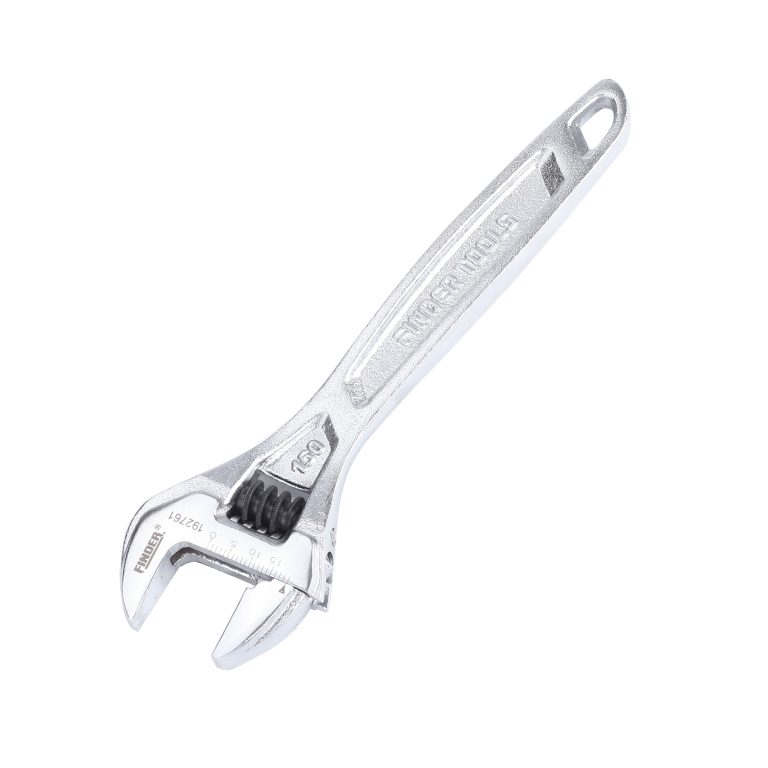
2. Hammer
Hammer: A striking tool consisting of a hammer head and a hammer handle, with various shapes. It is commonly used to lift nails, correct or move objects away. But when using, pay attention to whether the connection between the hammer head and the hammer handle is firm, otherwise it is easy to be injured
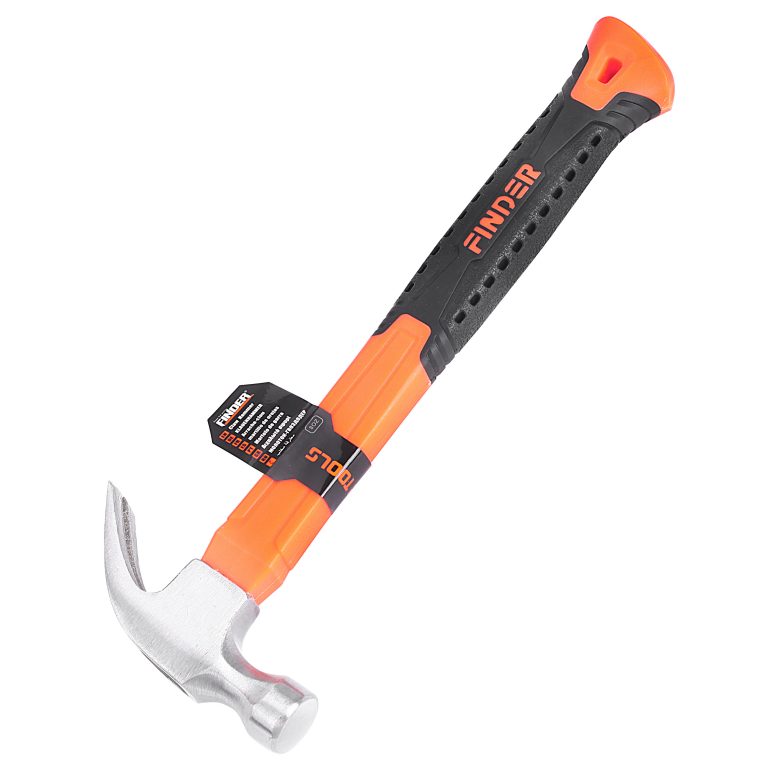
Electrometric Detector, used to test whether there is electricity in the wire. When using a Electrometric Detector, be sure to touch the metal part at the end of the Electrometric Detector with your hand, hold the cap of the Electrometric Detector with your index finger, gently pinch the Electrometric Detector with your thumb, middle finger, and ring finger, and insert the metal Electrometric Detector tip into the socket.
Otherwise, due to the lack of a circuit between the charged body, Electrometric Detector, human body, and the earth, the neon bubbles in the Electrometric Detector will not emit light, mistakenly believing that the charged body is not charged, resulting in injury.
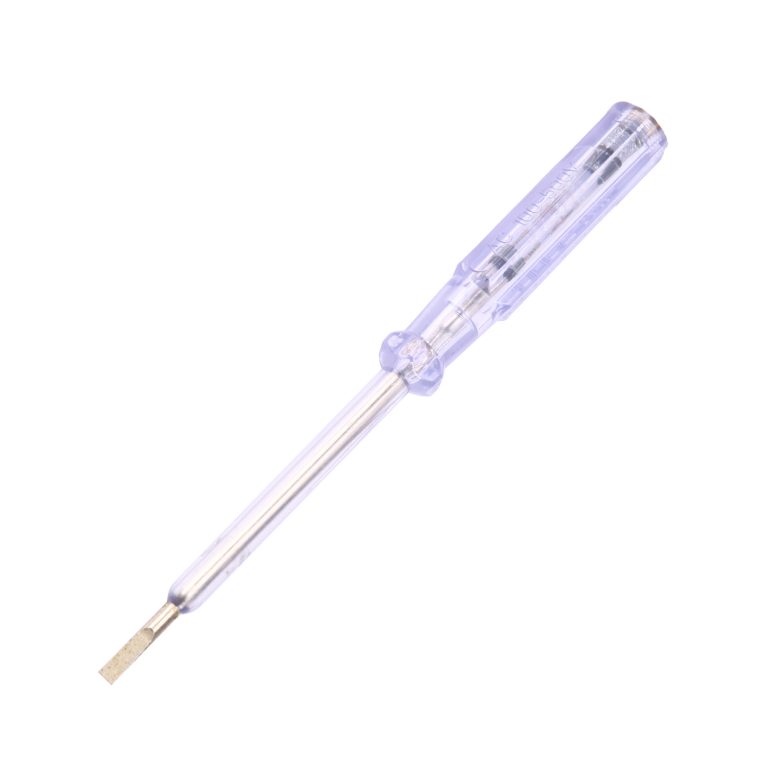
4. Utility Knife
Utility Knife, a commonly used cutting tool by electricians. The blade has complete functions and can be used with just an Utility Knife to complete various operations of connecting wires, without the need to carry other tools, simple and convenient. Be sure to put the blade back into the handle when not in use to prevent injury.
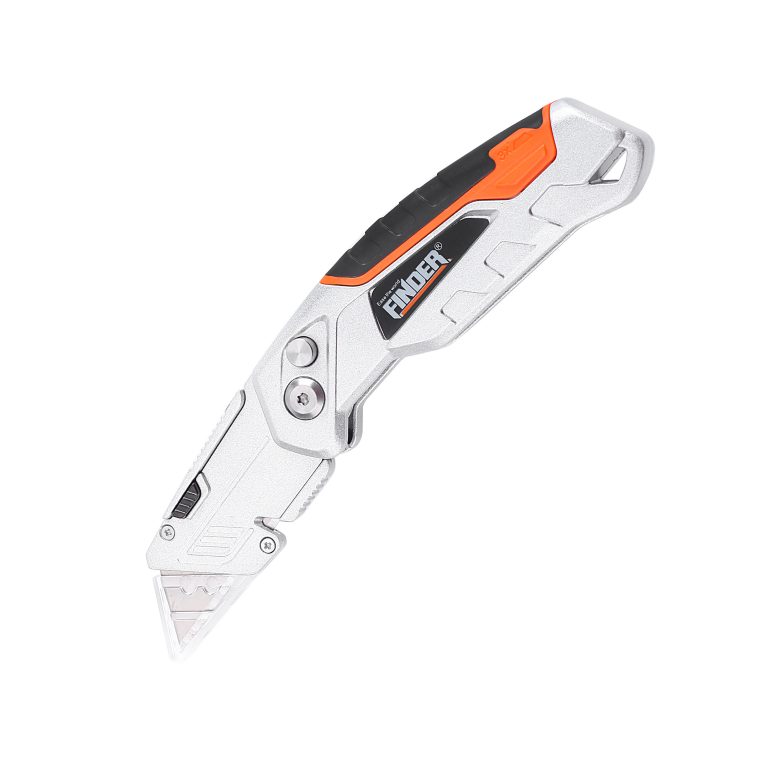
5. Hacksaw
Hacksaw: a manual or motorized fine toothed saw used for cutting metal or other hard materials. Including hand saws (for household and woodworking), cutting saws (for pruning branches), folding saws (for pruning branches), hand hacksaws, edge saws, longitudinal saws, etc.
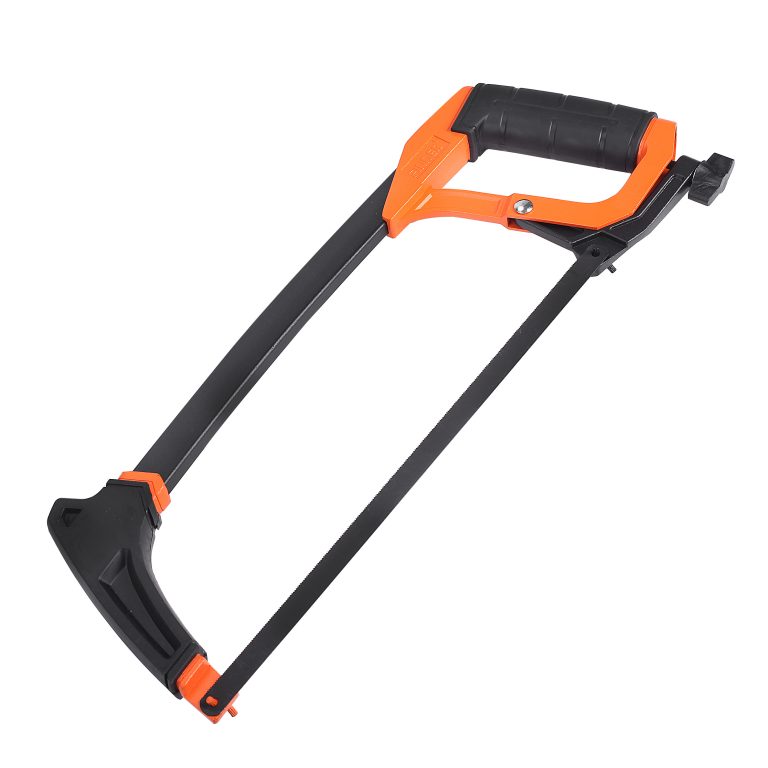
6. File
File: A manual tool with many fine and dense teeth and strips on the surface, used for filing workpieces. Used for micro processing of surfaces such as metals, wood, leather, etc.
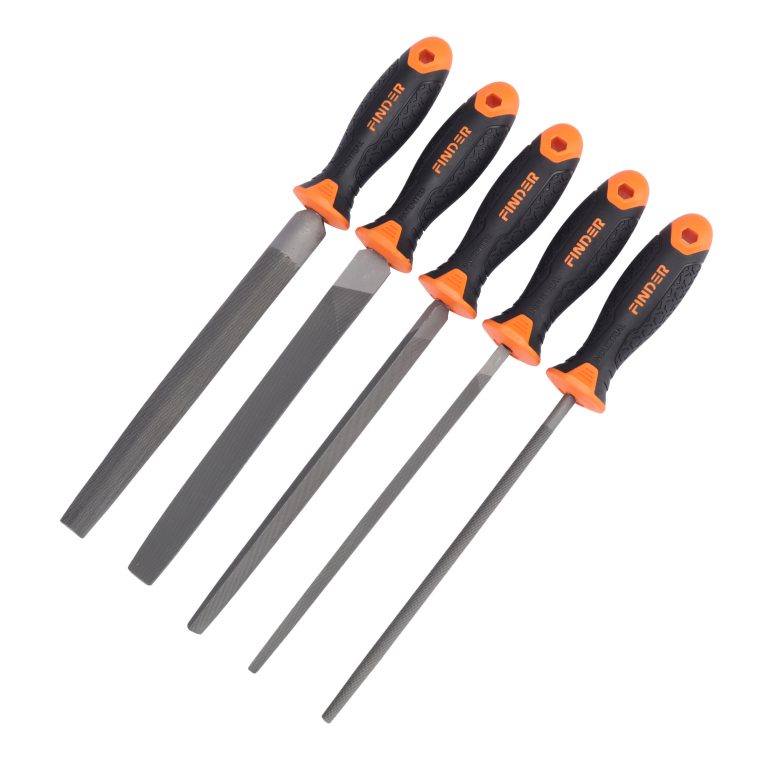
7. Multifunctional Digital Tester
Multifunctional Digital Tester: composed of three main parts: the meter head, measuring circuit, and conversion switch, used to measure current and voltage, etc.
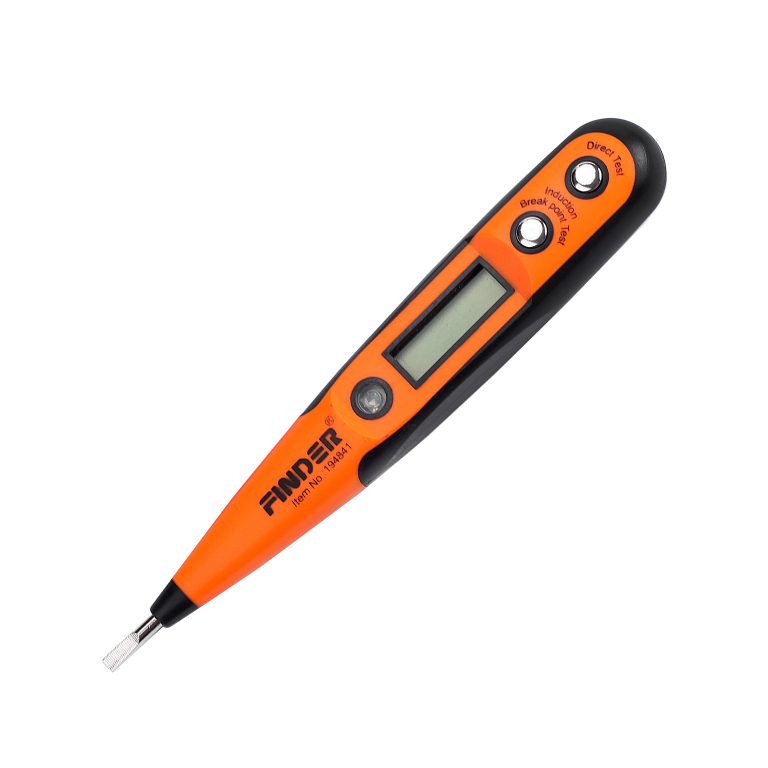
8. Screwdriver
Screwdriver: This one is the most commonly used, and is very useful for screwing a screw, installing a computer, and furniture. Usually, there is a thin wedge-shaped head that can be inserted into the groove or recess of the screw head, and there are mainly two types: straight and cross. There are also common hexagonal screwdrivers, including two types: inner hexagon and outer hexagon.
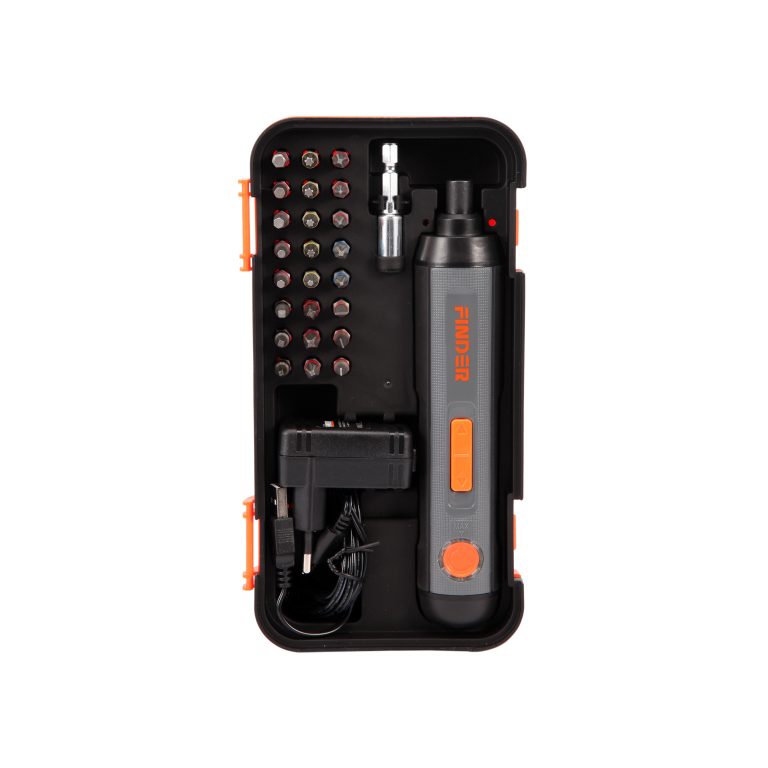
9. Tape measure
A tape measure is a commonly used measuring tool in daily life. What people often see is a steel tape measure, which is commonly used in construction and decoration, and is also one of the essential tools for families. It is divided into fiber tape measure, tape measure, waist circumference measure, etc. Lu Ban Zhi, Feng Shui Zhi, and Wen Gong Zhi are also steel tape measures.
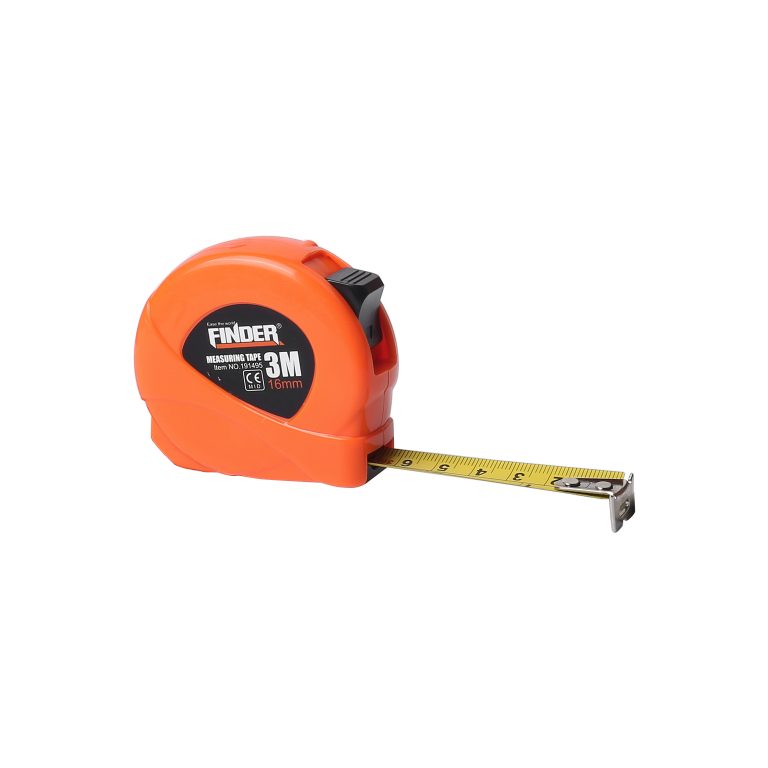
10. Pliers
Pliers can replace human hands to handle sharp and sharp tools, such as removing nails from wooden boards or pulling glass out of wall crevices, which is useful and prevents hands from being scratched. There are many types of pliers, such as wire pliers, pointed nose pliers, diagonal nose pliers, round nose pliers, and so on.

The above are the hardware tools commonly used in daily households. You can keep them at home and remember to choose FINDER brand tools for better quality assurance.
